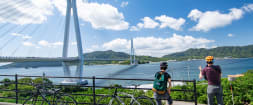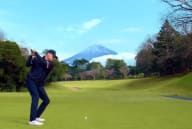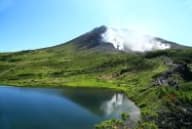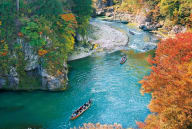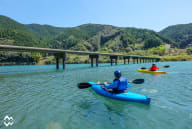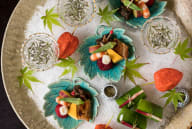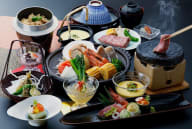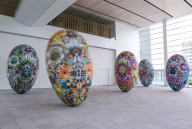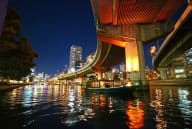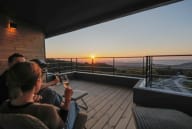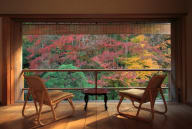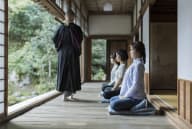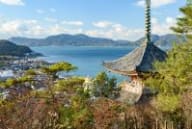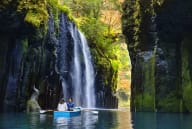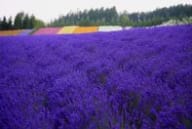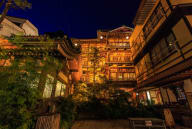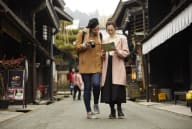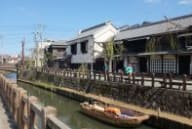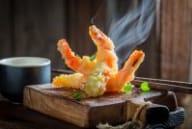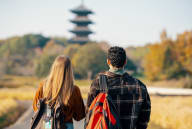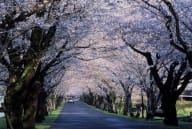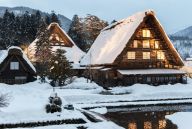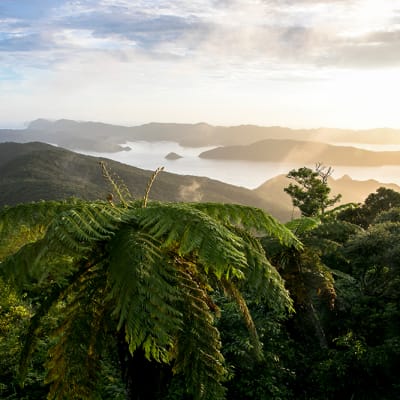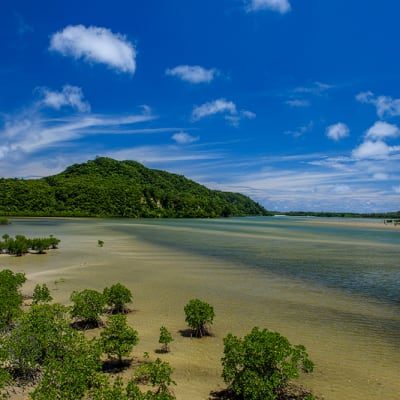Use the
Planning a Trip to Japan?
Share your travel photos with us by hashtagging your images with #visitjapanjp

Okinawa’s islands lie several hundred kilometers south of Japan’s mainland, and their subtropical flora and fauna are just as distinct. Carefully curated botanical gardens across Okinawa protect and present the region’s ecosystems and cultural heritage while also featuring plants and animals from a wide range of global climates. Additionally, they are centers of international plant exchange, environmental education, and cultural understanding, embodying the GREEN×EXPO 2027 subtheme of Co-operation, which emphasizes collaboration among diverse actors and the sharing of knowledge to solve global challenges. Visitors immerse themselves in these subtropical environments—featuring mangroves, orchids, and rare wildlife—while learning about sustainability and ecological best practices in fun and interactive ways.

Tropical diversity and beyond
The Southeast Botanical Gardens in Okinawa City’s Chibana district is one of the largest outdoor botanical gardens in Japan. There are over 50,000 plants from 1,300 species growing on its vast grounds, including a massive pyramid of bougainvillea 8 meters high, Socotra dragon blood trees with vivid red sap, and bulbous baobab trees from Madagascar. Many of these plants are rarely seen outside greenhouses in Japan, making this an opportunity to observe them in near-natural conditions.

There is a sightseeing bus with audio guides in four languages to take visitors around the gardens. In addition to the plants, visitors can interact with and learn about various animals, such as capybaras, armadillos, and even Yonaguni horses—one of Japan’s eight native horse breeds. Indoor attractions include exhibits with over 300 species of insects.

In the evenings, from October to May, the gardens host the captivating Okinawa Tropical Illuminations display, with thousands of LEDs lighting up the plants. Recently the garden began using energy-efficient, low-power LED illuminations, minimizing light pollution and reducing power consumption. Initiatives such as these contribute to the realization of a sustainable society.
Play, explore, and learn naturally at Bios no Oka
Located in the Uruma district, Bios no Oka is an experiential nature park and botanical garden that spans over fifty acres of Okinawa’s biodiversity and topography. It is a living laboratory that investigates how to protect native species, stave off invasive ones, and do it all sustainably. Rainwater and recycled water, for example, are used to irrigate the plants. There are also aspects of Okinawan culture integrated in the park, such as Ryukyu Kingdom-style buildings and opportunities to dress in traditional Ryukyu clothing.

The park has activities suited for all ages, where visitors can learn about nature and the local ecosystem. These include guided forest strolls, lake tours, or cart rides pulled by water buffalo, with explanations (in Japanese only) of Okinawan wildlife and traditions. There are also opportunities for more active exploration of the garden’s water features with canoe and stand-up paddleboard (SUP) rentals.
Orchids and ocean views in Motobu
While the Ocean Expo Park is largely known for the world-famous Okinawa Churaumi Aquarium, its other facilities make it a haven for learning about plant diversity: the Tropical & Subtropical Arboretum, Tropical Dream Center, and the Native Okinawa Village and Omoro Botanical Garden. The Tropical & Subtropical Arboretum has more than 400 species of flora planted over 16.8 acres in different zones.

The Tropical Dream Center has large greenhouses filled with more than 2,000 orchids and other tropical plants and fruits blooming year-round. Each greenhouse is themed, such as the Cattleya Greenhouse that houses Cattleya orchids, and the Victoria Greenhouse for giant Victoria cruziana lilies. These South American water plants are so big that they can support the weight of a child. The center’s iconic 36-meter tower provides sweeping views of the gardens and the ocean. There are workshops held on select days, such as making plant-based crafts like coasters and terrariums, with programs that change each month. Guided tours are also available.

The Native Okinawa Village and Omoro Botanical Garden is a recreation of a village from the days of the Ryukyu Kingdom, with buildings such as sacred groves (utaki), sacred springs (ugamigah), and elevated storehouses. The buildings reflect how Okinawans adapted to the subtropical oceanic climate and offer a glimpse into the past. The Omoro Botanical Gardens are home to 22 species of plants native to Okinawa. Visitors can also discover Omorosaushi, Okinawa’s oldest-known song collection, which expresses the deep-rooted connection between people and nature.
Kayaking through mangroves in Yanbaru
The Yanbaru region in northern Okinawa is a biodiversity hotspot, home to lush subtropical forests, mangroves, and limestone mountains. These ecosystems support rare species, including the Okinawa rail, an endangered flightless bird found nowhere else in the world. In this region is the Gesashi Mangrove Forest, Okinawa’s largest mangrove forest, covering an area of about 10 hectares. Designated a Natural Monument of Japan, the mangroves provide important habitat for aquatic life, migratory birds, and juvenile fish, while also acting as important coastal buffers protecting shorelines from erosion and storm surges.

Visitors can explore this unique environment through guided eco-tours that include kayaking through calm, brackish waterways or trekking along forested rivers. These programs emphasize low-impact tourism and offer an immersive way to understand the ecological value of Okinawa’s mangrove systems.
A far southern haven of sustainable nature and tourism
Nearly three hundred kilometers south of the Okinawa main island is Miyakojima Island, known for its diving spots and home to the Miyakojima City Tropical Botanical Garden. The garden covers nearly forty hectares with about 1,600 species of subtropical plants, including deigo trees, whose brilliant crimson blossoms are a local symbol of good fortune and prosperity.

Visitors can wander shaded walking trails to admire the island’s rich plant life, then explore the Miyakojima City Craft Village, located within the grounds. Here, there are workshops where local artisans demonstrate various traditional crafts, such as pottery and textiles, as well as jewelry making using locally sourced raw materials. Nearby, the Miyakojima City Museum offers insights into the island’s natural environment, cultural traditions, and historical development.
Key takeaways
Okinawa’s botanical gardens and nature parks do more than display beautiful plants: They serve as living examples of sustainability, cultural exchange, and environmental stewardship, educating visitors while preserving biodiversity and local culture. The collaboration of diverse actors and the sharing of knowledge that botanical gardens embody reflect the GREEN×EXPO 2027 subtheme of Co-operation.


©Expo 2027














